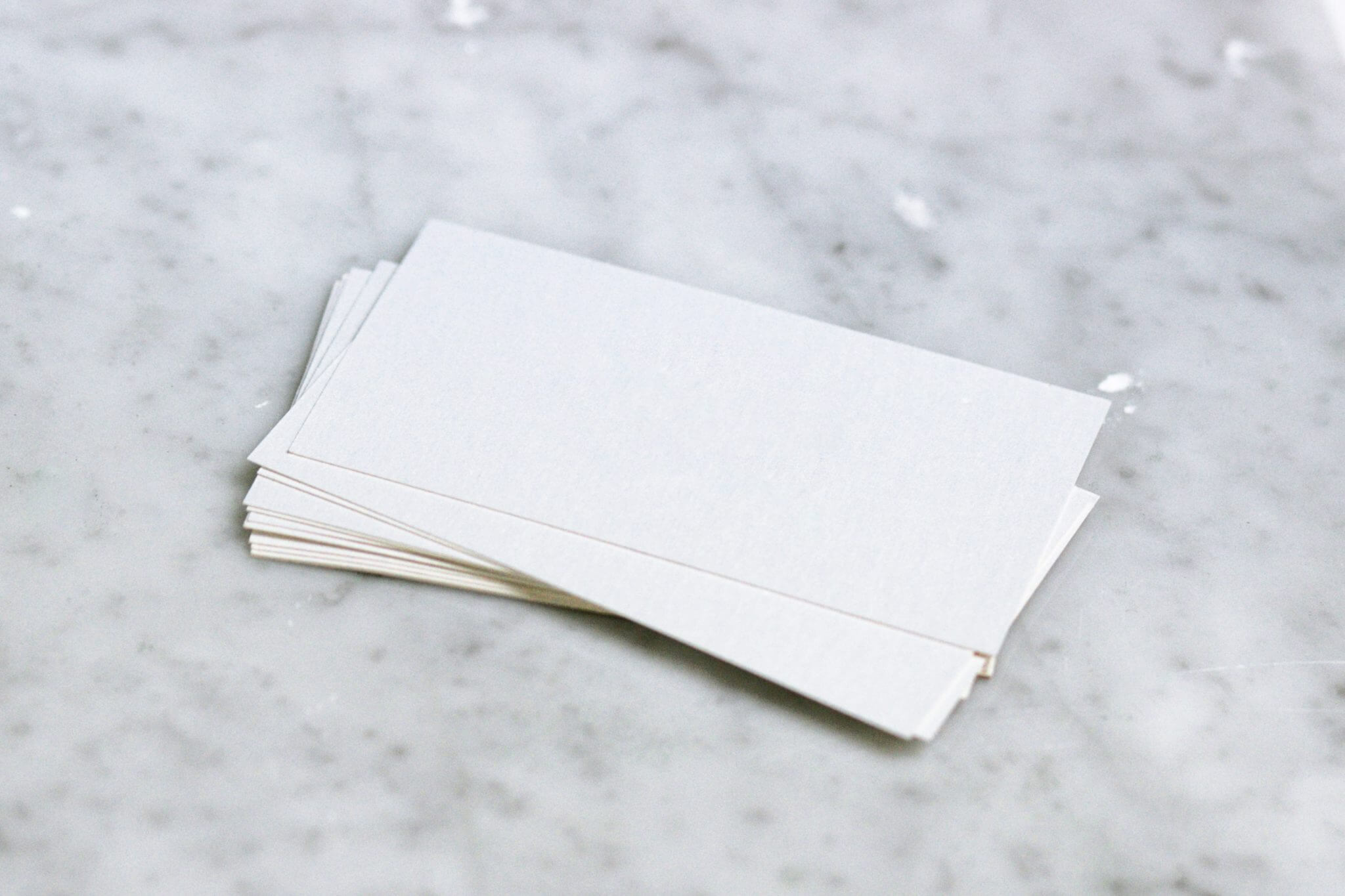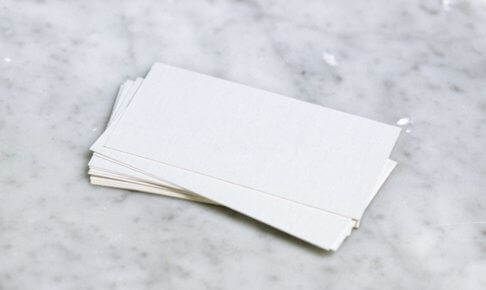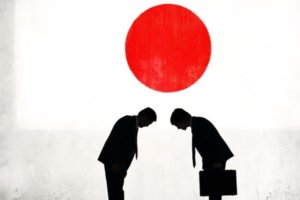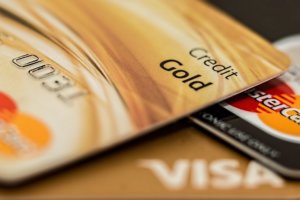As we know, business cards are a must-have when doing business in Japan or with Japanese. The exchange of business cards (meishi koukan 名刺交換) is a tradition and it is essential to know its inner working. Sure, you need to always have some with you, but the first step is and will always be to have printed your cards. So what do you have to include on it, or not include? What are the basics and common sense concerning business cards?
Table of Contents
Essential Information
- Your Full Name: on the Japanese side, write your name in katakana. People will be embarrassed if they don’t know how to pronounce it correctly and have to be corrected. It is the most important element, so be sure that it will be one of the first things people will see.
- Company/Organization Name & Logo: you are in Japan for business, right? You will have more credibility and be more trustworthy if you put your business or organization name. The logo will help people recognize your card more easily, even at a distance, and to classify all their cards by company.
- Department & Section: if it is needed, add your department and section names (in a smaller font).
- Title: your title will be written on the upper left side of your name, in horizontal writing, or on the upper right side of your name in vertical writing. It is useful when trading since other businessmen will know who makes the decision.
- Company Location: write the complete address, with the postal code and name of prefecture. A small map can also be added.
- Business Hours and Regular Holidays: it is usually for store business cards, but it is possible to put your office hours.
- Phone Number: put the phone numbers you think are necessary (the representative’s number and your business phone number, for example).
- Email Address, Website URL, SNS accounts: if you have a website, a blog, important social media channels, indicate it on your card. An email address (personal and/or of your department/section) is also important.
Important Elements to Consider

- Photo or Drawing of Yourself: people will better remember you if you add a photo. They will possibly meet many other businessmen and will not remember everyone’s face.
- Company Slogan: if you use Chinese characters and if some of them are hard to read, add the furigana (Japanese reading aid).
- QR Code: you can add a QR code for your website or product, for example.
- Short Introduction: you can write some of your past achievements or your philosophy. You can also introduce your service briefly, or your hobby.
- Product Name: if you release a new product and come to Japan to sell it, you can put its name (with a QR Code and/or a picture). You can create sorts of ‘limited edition’ cards, for a special event for example.
- Main Business Partner Name: show the connection you have, especially if your partner is known in Japan.
- Card Size: your card must fit in a business card holder. The Japanese standards are 55x91mm or 91x55mm (the card should not be folded). If you want to include a lot of information, you can think about twofold or threefold business cards. If you want to stand out, you can still print bigger cards – but it will probably not fit in a regular card holder.
- Front Size: at least 5.5 pt, if less, it will be hard to read and will leave a negative impression.
- Back: you can add an English version on the back. If you do so, remember to show the side with the correct language facing up.
- Design: the more design your card, the better the impression.
Horizontal or Vertical Writing?
Horizontal Writing
Because it is easier to read URLs or email addresses, horizontal cards have become mainstream. It is also easier to add the Japanese 7-digit postal codes and it will enable you to make the numbers and letter fonts uniform. The first line should contain your company name, the second your name and title and the third should contain the rest (usually on the left side).

Source: wave-inc.co.jp
Vertical Writing
More aesthetic and more ‘Japanese’, many cards are still printed in this format. The numbers, however, must be in Chinese numerals and it is more readable to write email addresses and URLs horizontally. The first line (on the upper right side) should contain the company name, the second your name and title and the third should contain the rest (on the lower left side).

Source: wave-inc.co.jp
Online Business Card Makers
MojoPrint

Design Meishi

Whoowhoo (in Japanese)

Graphic (Explained in English)

Reference: www.wave-inc.co.jp/weblog/?p=5504 www.superprint.jp/t_column/namecard/day23/index.asp www.realestate-tokyo.com/living-in-tokyo/japanese-culture/japan-business-card-etiquette/

















